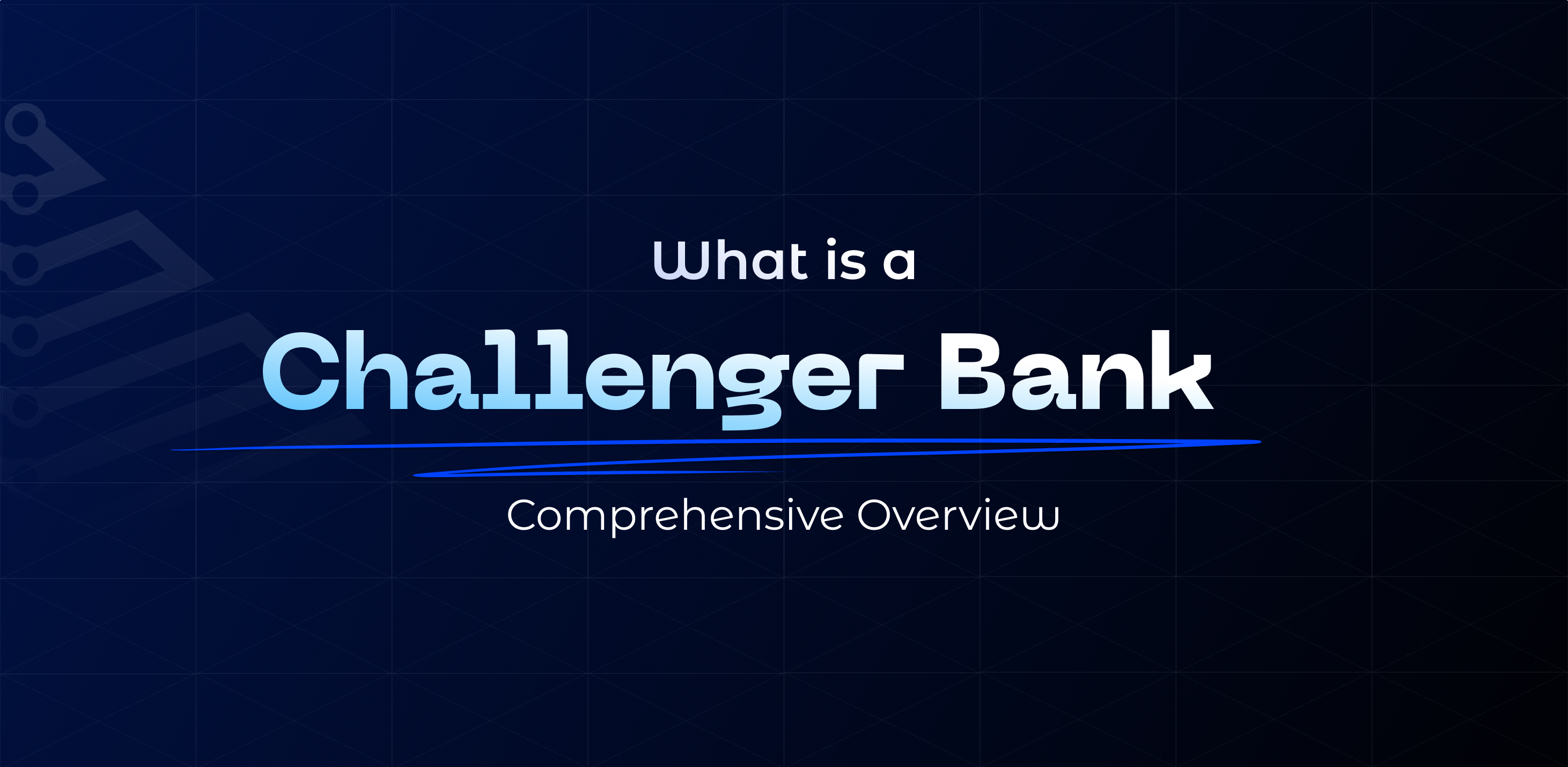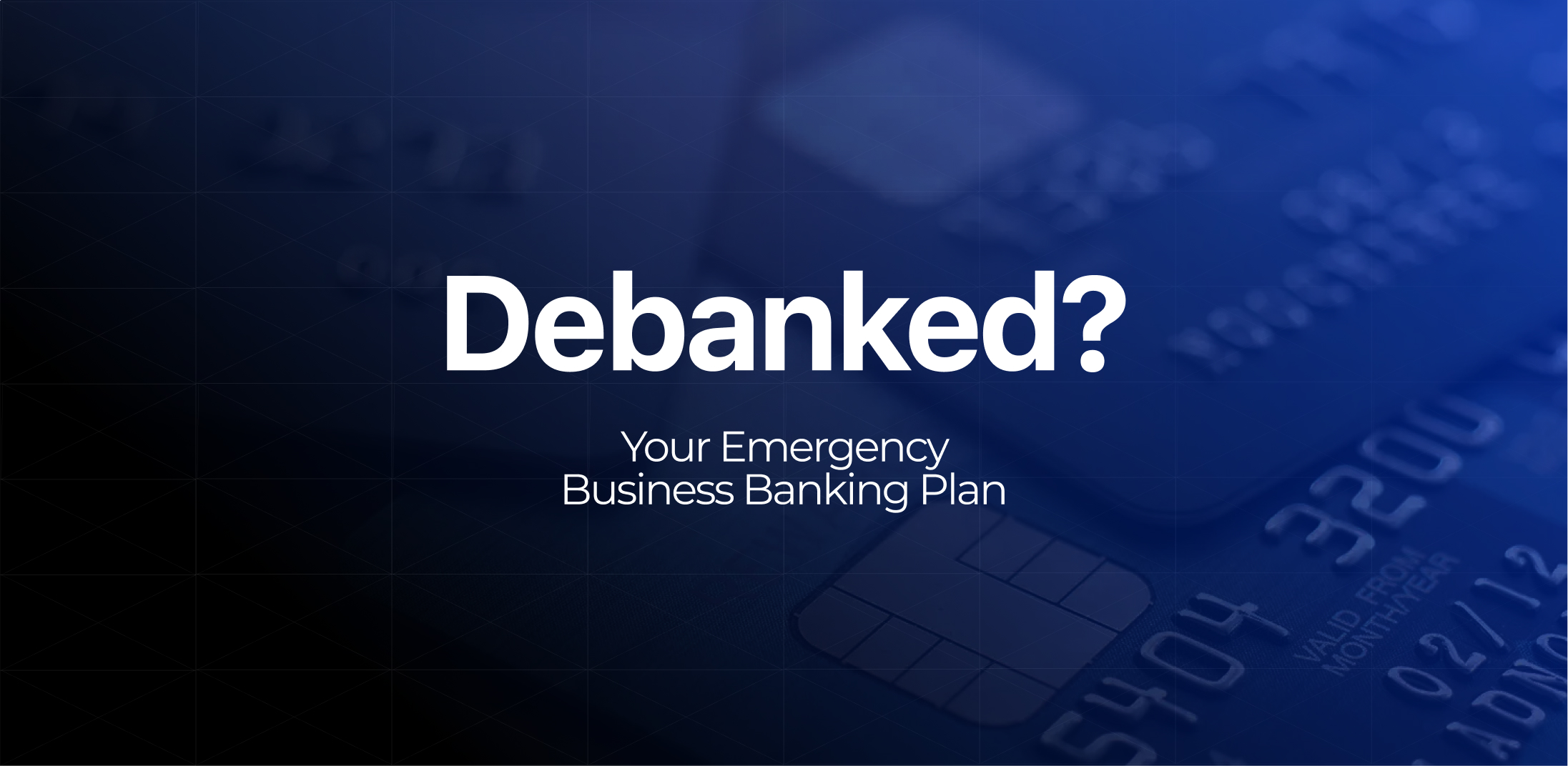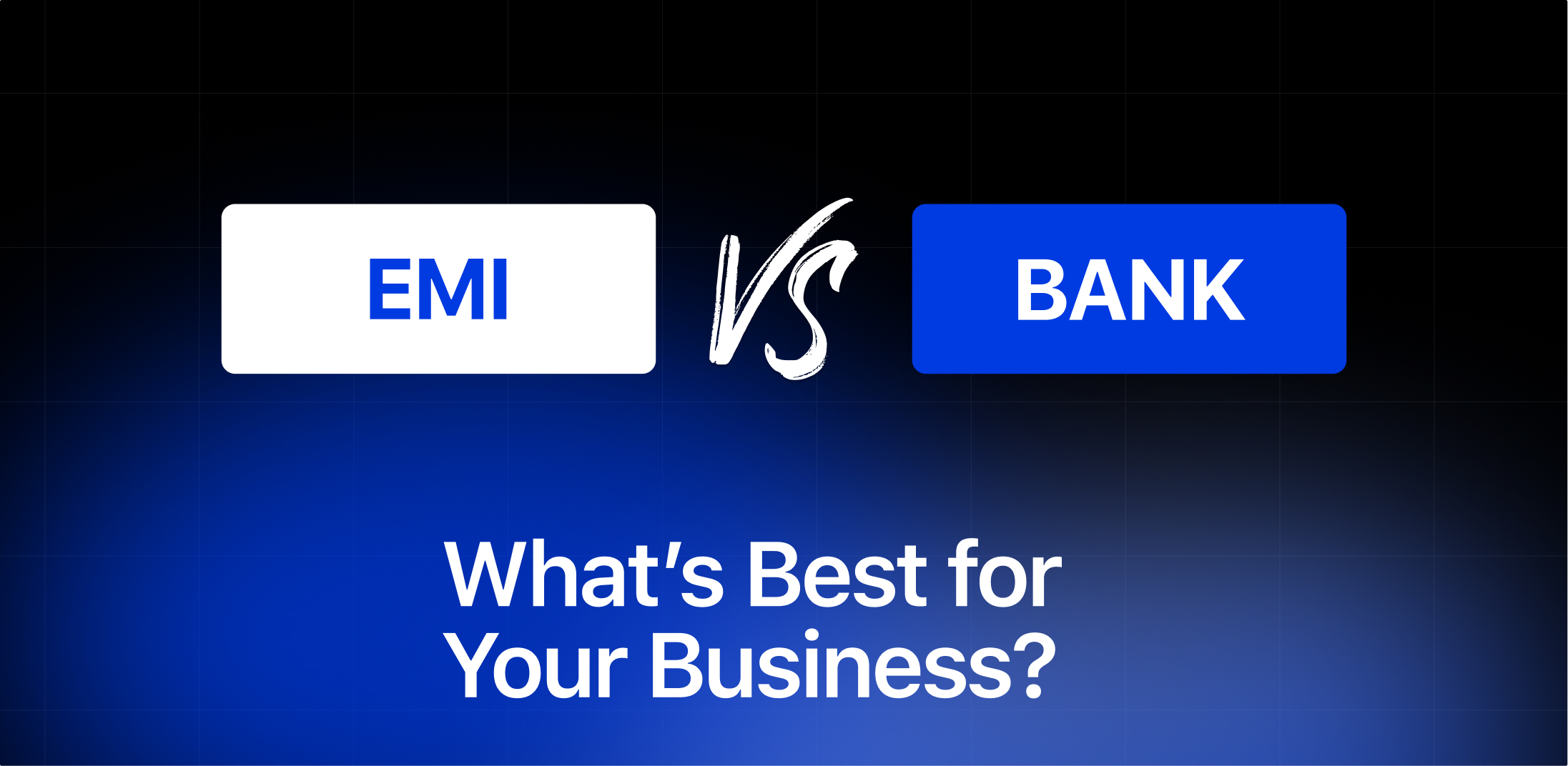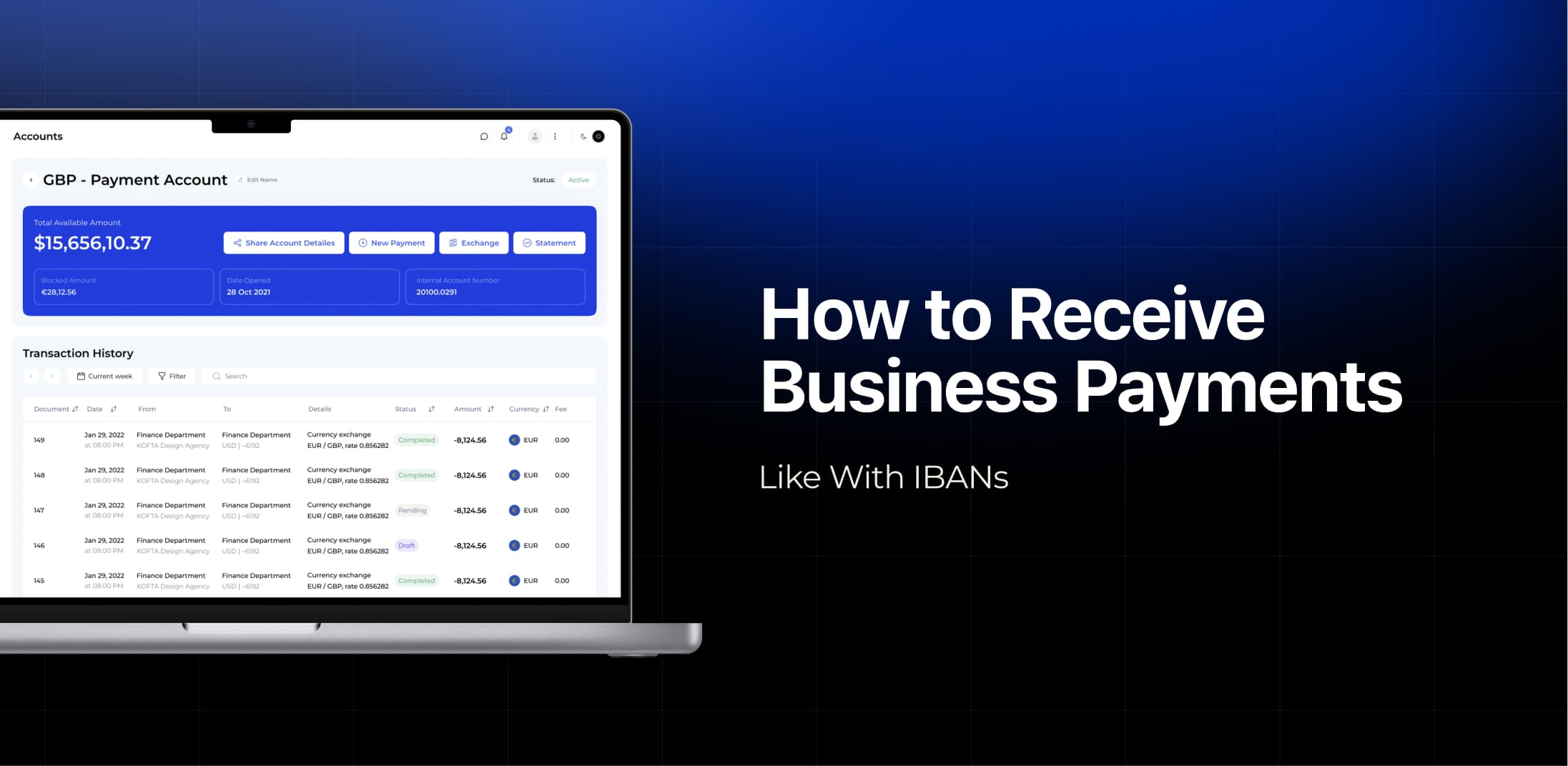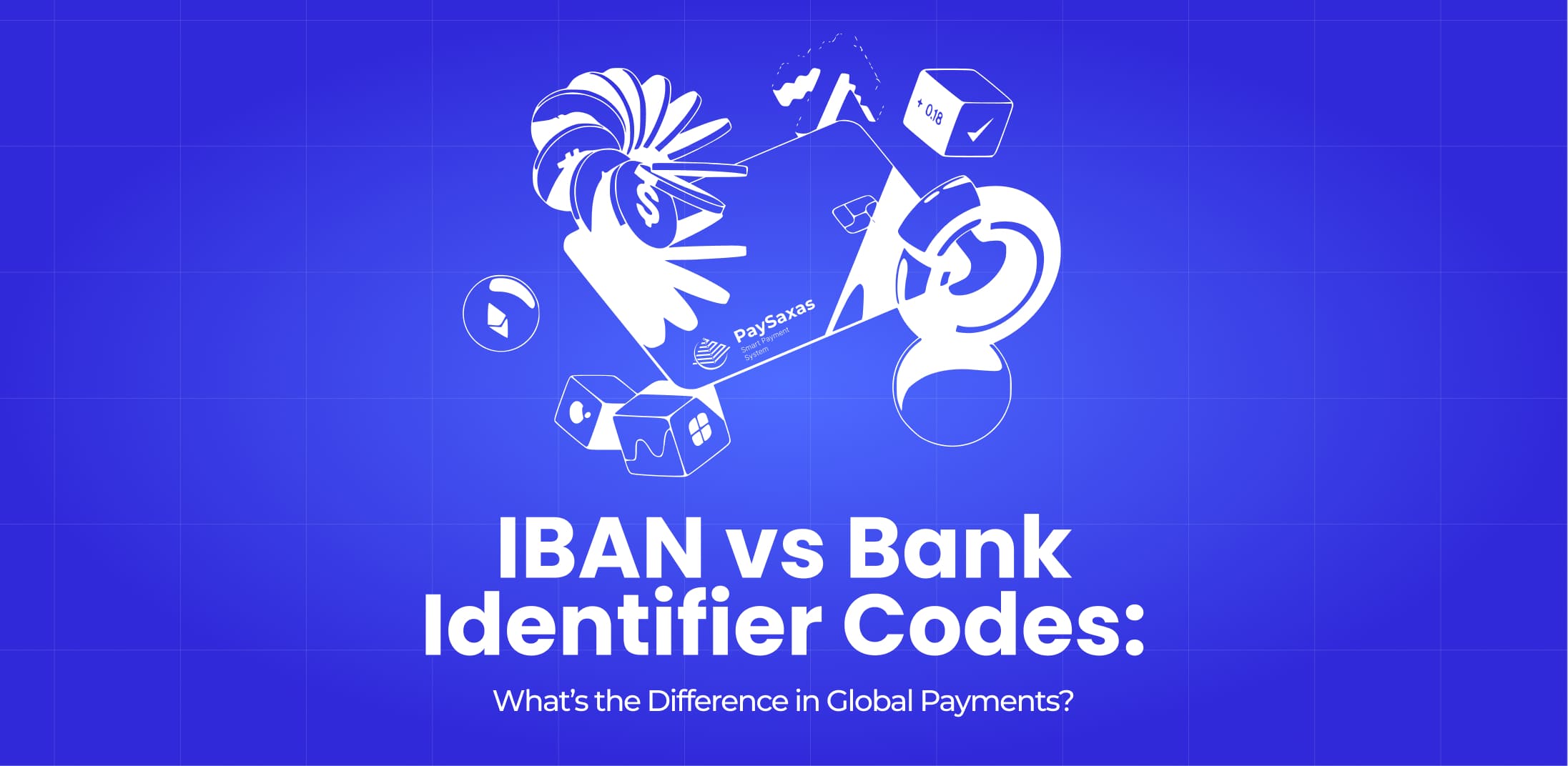The last decade has been a busy one for traditional banks. The development of IT technologies, improvement of the quality, and spread of the Internet have led to the emergence of new forms of financial structures. They include:
- fintechs, global payment platforms;
- challenger banks;
- neo banks.
Today we will focus on one of them. The new type of bank is often referred to as a challenger bank. On the one hand, people were relieved, in terms of the wide range of offerings, but on the other hand, there were questions. What are challenger banks? What do they offer, and what are some examples of such financial structures? What is the online challenger banks meaning in general? Let’s explore this topic together with PaySaxas.
Definition and Emergence of Challenger Banks
The emergence of digital financial systems is not news, but rather a fact. People have been using various platforms that improve their lives for a long time. There are quite a few of them. In this case, we’ll look at one of the popular client choices. What is a challenger bank definition in simple words? Let’s get started.
What is a Challenger Bank?
A challenger bank is an established firm that operates with a full banking license in the market. Their popularity is growing globally, and the impact of the constraints of the coronavirus pandemic is driving public adoption of digital services.
They provide traditional banking products such as current accounts, savings accounts, and credit and debit card schemes as well as new innovative convenient services based on FinTech innovations and online connectivity.
The rise of challenger business banks
Recently, a challenger bank has become increasingly popular, attracting many customers, especially among the younger generation. With the help of mobile apps and after the COVID-19 pandemic, everyone is interested in digital transactions.
This has had a major impact on the growing demand for challenger banks. Traditional banks and financial institutions have also started recognizing the potential of these new players in the financial sector.
Difference from Traditional Banks
The percentage of respondents who viewed challenger banks as a competitive threat to traditional banking increased steadily between 2020 and 2023, according to the annual survey of banks and credit union executives from 2020 to 2022.
This suggests that customers have begun to notice the differences between different types of financial structures, and they are certainly obvious. First, as is often the case, people ask, what is a challenger bank? But, with the emergence of new banks in UK, we need to look at the factors that differentiate the structures.

Challenger vs. High Street Banks
| Challenger bank | High Street Bank |
| Challenger banks, on the other hand, can be more flexible and creative in creating partnerships with non-banks. | HSB is mainly focused on profit and commission and is less open to introducing new sub-forks. |
| As a rule, such a platform does not give the possibility of service in the branches, and work exclusively online or through an app. | The Bank had branches, a web portal, and mobile resources for comfortable use of financial structure instruments. |
| This is a new format of banking organization that is beginning to gain an audience. | Such banks have a long-standing heritage, trust, and brand loyalty. |
| Challenger banks do not offer an overdraft facility or access to loans. | High street banks can offer bank overdraft facilities and access to loans for personal or business use. |

Challenger Banks vs. Neobanks
| Challenger bank | Neobank |
| Challenger banks compete with traditional banks. They offer a wider range of financial products and services. They include loans, mortgage, credit cards, and investment options. | Neobanks only provide basic services. |
| By its characteristics, it is closer to a bank. | By its characteristics, it is closer to a tech startup. |
| Regulated as a bank by financial institutions. | Regulated through regulations of third-party providers. |
| The main object is to grow the user base. | The main object is to grow the balance sheet. |
UK’s Challenger Bank Landscape
The UK is a nation that supports the progress and development of a digital society. That’s why there are so many top companies and startups in IT, Fintech, and even finance.
Most payment systems and banking organizations in this country are developing by leaps and bounds. That’s why they top customer priority lists. Further, you can familiarize yourself with the best challenger banks UK.
Key Players
There are companies that are popular all over the world. These include:
- The Bank of London;
- OakNorth Bank;
- Revolut;
- Starling Bank;
- Monzo etc.
This is not a complete list of challenger banks of all institutions represented. But it is these digital payment systems that can help people grow their businesses around the world. Moreover, you can get the best package of various services right online.

Pros and Cons of Challenger Banks
Almost everything in this life has two sides of the coin. Challenger bank is no exception in this case. Let’s analyze in more detail the positive and negative sides of such structures.
Advantages
- Modern and user-friendly technology. A challenger bank always approaches the convenience of its customers with special trepidation. Their tools usually work without a hitch, are of high quality, and are available everywhere.
- These are new banks in UK as well as for other regions. Due to their relatively recent emergence, these financial structures are trying to gain the trust of customers and provide only quality and lightning-fast services.
- Lower fees and better rates. Challenger banks often offer lower fees and better rates than traditional banks.
- Quality and innovative products. The challenger banks want to beat the competition from other digital banks, so they are adding only cutting-edge services to their products and offerings.
Disadvantages
- A typical challenger bank has no physical representative offices. This is still a problem these days, especially in Great Britain. Thus, customers can only contact the bank by phone or mail, which is not always quick.
- A matter of safety. The virtual world today is under constant attack by scammers. Such structures have a wide list of security measures, possibility of insurance coverage and staff that provide protection. But still, this can be a difficulty.
- The issue of lack of regulation. Applicant banks are often not regulated in the same way as, for example, classical banks. In this case, customers may not have the same level of protection and security.

Features of Challenger Banks
Banking organizations today are hard to compare. All of them have their own peculiarities. There are many aspects that can be emphasized in a challenger bank as well.
Online-only aspect and its implications
Challenger banks today function in digital format. It means that you only need internet access and a device to manage your finances. You do not need to be tied to a physical location to open an account or communicate with a manager to sign documents. You only need to go to your international account via a web browser or smartphone. A challenger bank makes both life and doing business easier.
Account Opening Process
These days, online challenger banks boast a fast and convenient account opening process. Such examples in Great Britain as Revolute and Starling will help you get a virtual account within two days. The application process itself takes no more than an hour.
Then the KYC team picks up the baton right up to the account verification. You don’t have to go anywhere or even physically sign documents. Everything is simple and convenient.
Role in the Financial Sector and Future Outlook
If you look at the role of an institution in the financial sector, a challenger bank is such an innovator. It can be considered a middle ground between a bank and a neo-bank. It takes only the best qualities from these structures and turns them into advantages for customers.
Impact on the banking industry
These banks are now a great competition to traditional banks. This situation gives an opportunity to improve the banking system as a whole, and the emergence of new mechanisms and products in the field of finance.
Moreover, the best challenger banks UK become market leaders and inspire confidence that geographically they will expand their influence and offering to customers.
The Future of Challenger Banks
At this point, along with PaySaxas, you have already been able to answer the question, what are challenger banks? That’s great. So let’s also understand what the future holds for these financial structures. Here are a few aspects worth mentioning.
- Focus on improving digital banking. This is necessary to provide a more convenient and seamless digital banking experience.
- Expansion into new markets. Challengers will expand into new geographic markets to attract more customers.
- Improving the package of innovative financial products. These banks will introduce new and innovative financial products and services to meet the growing needs of customers.
- Expanding the customer base. The more people are attracted to such structures, the better conditions banks will offer to clients. That is, you can expect lower fees and an increase in the number of offers.
Rest assured that the challenger banks will surprise you. So far they’ve made more noise in the UK. But shortly, the localization of financial structures will be much wider.


